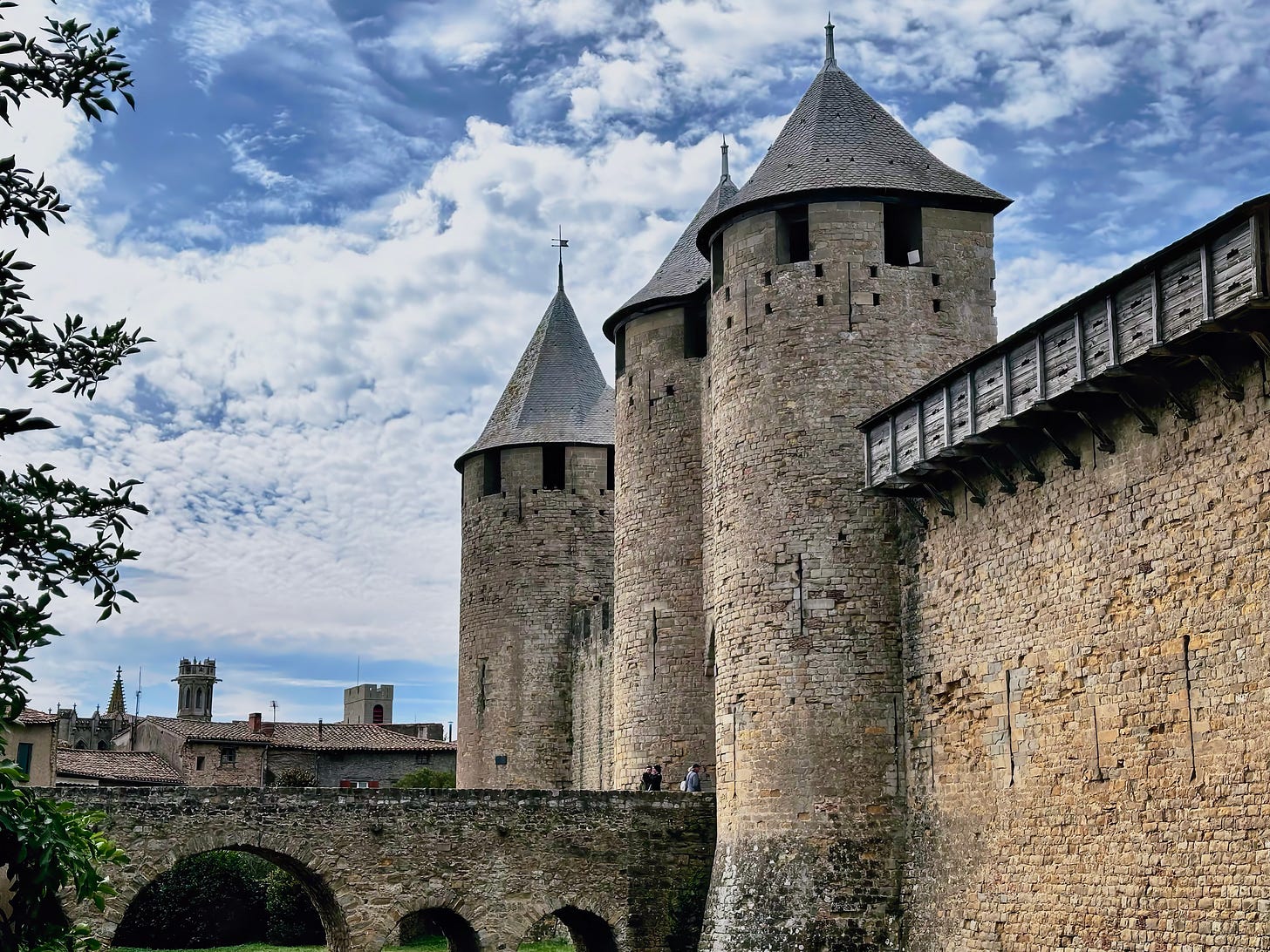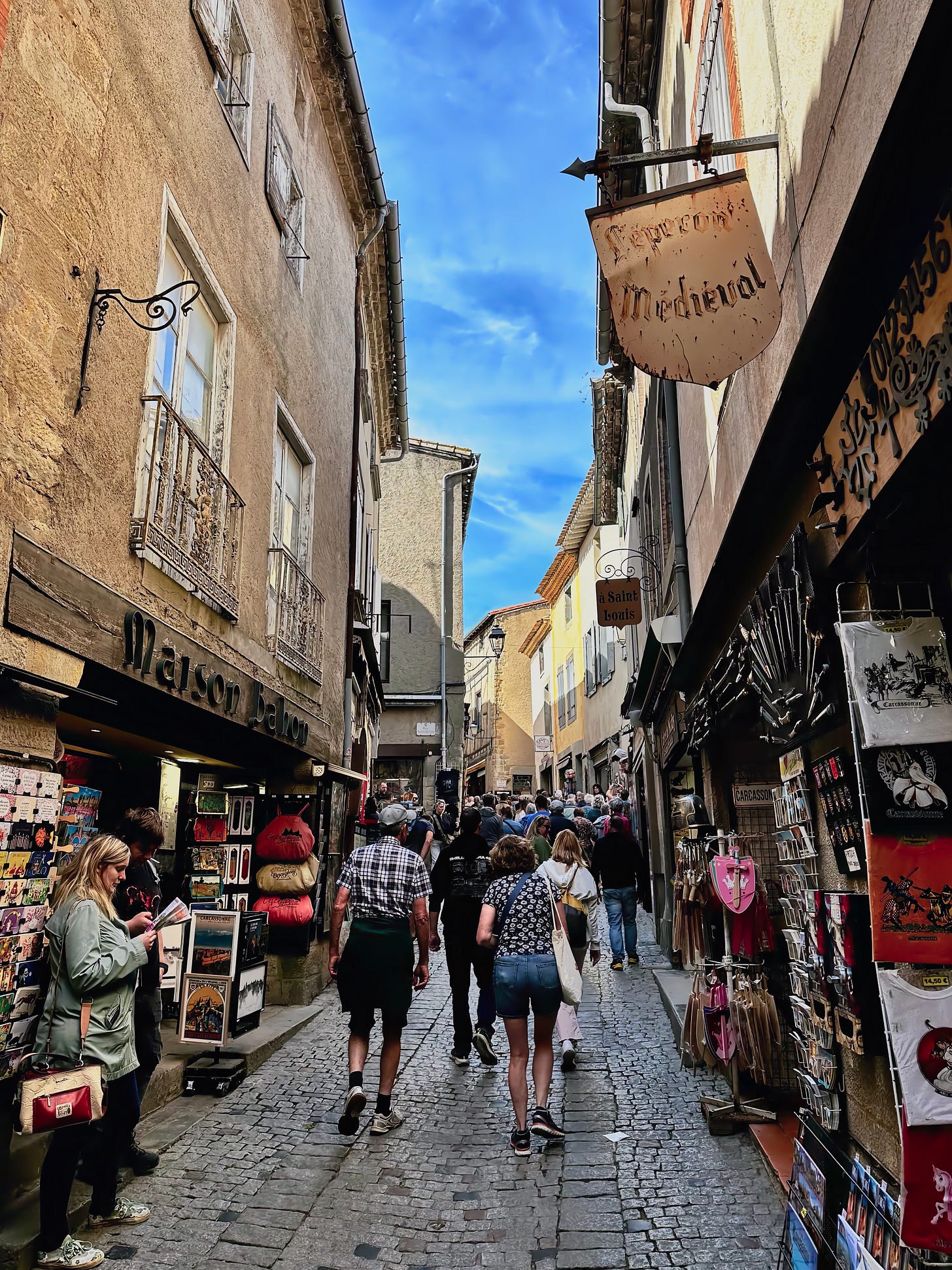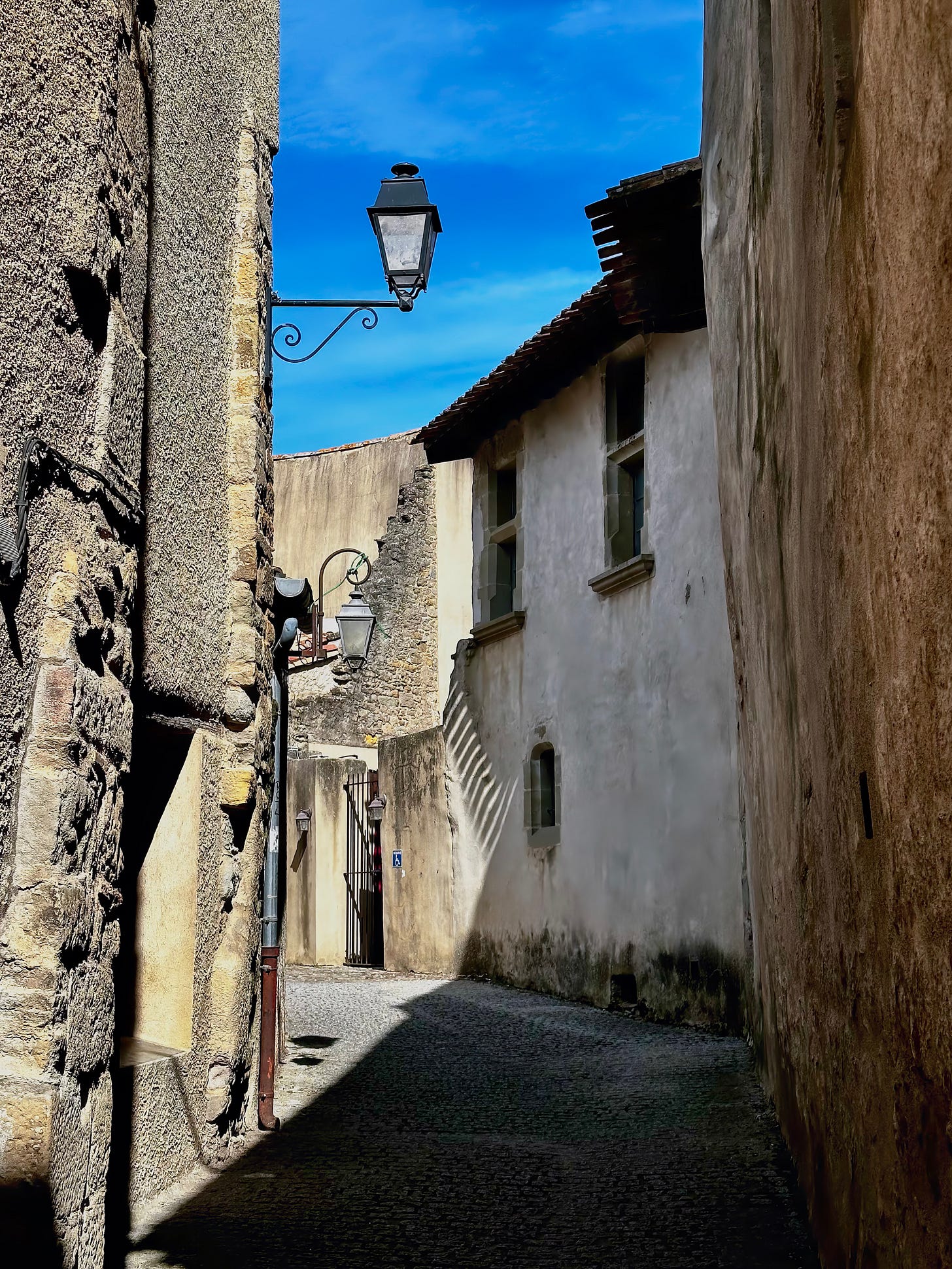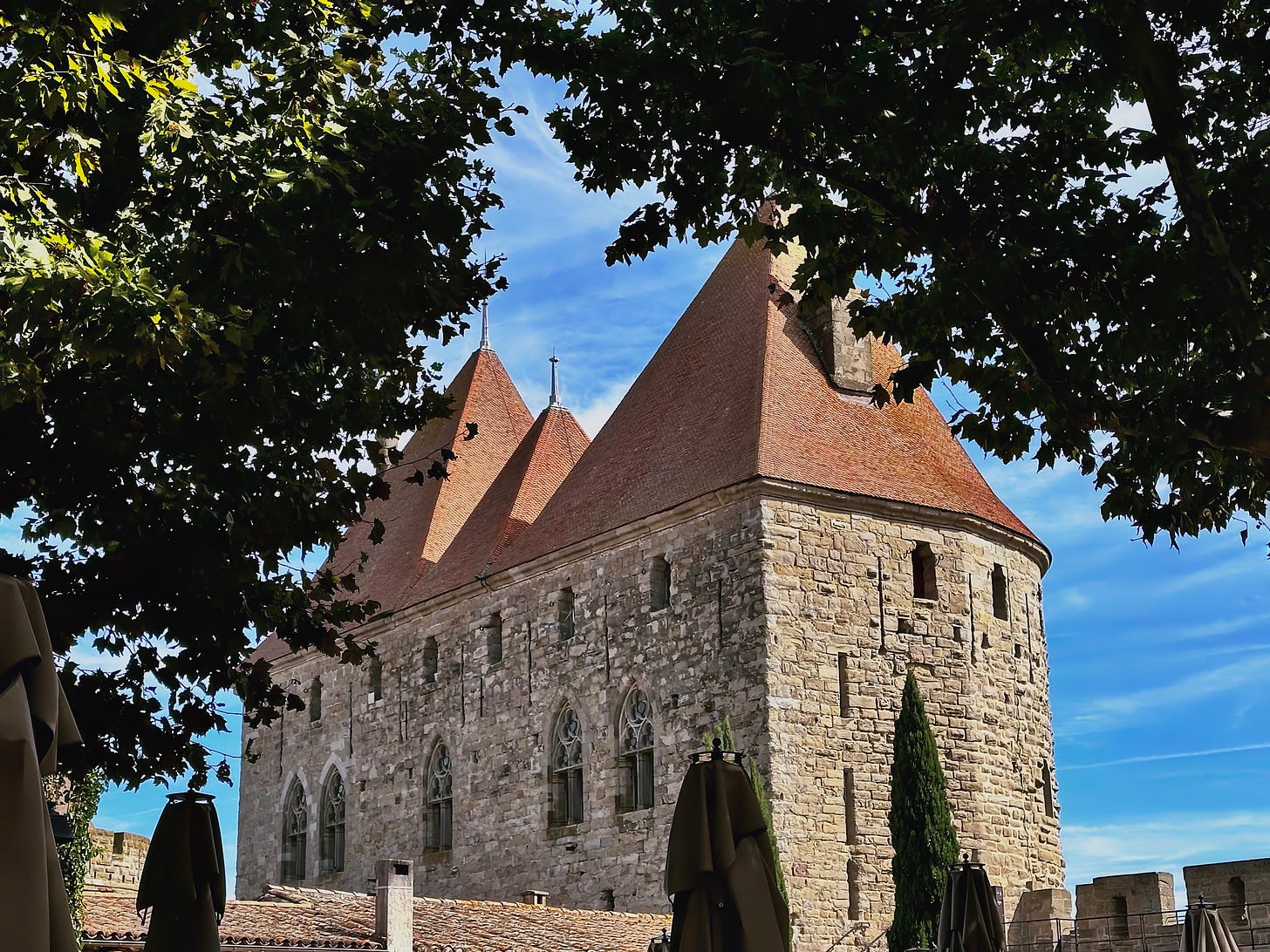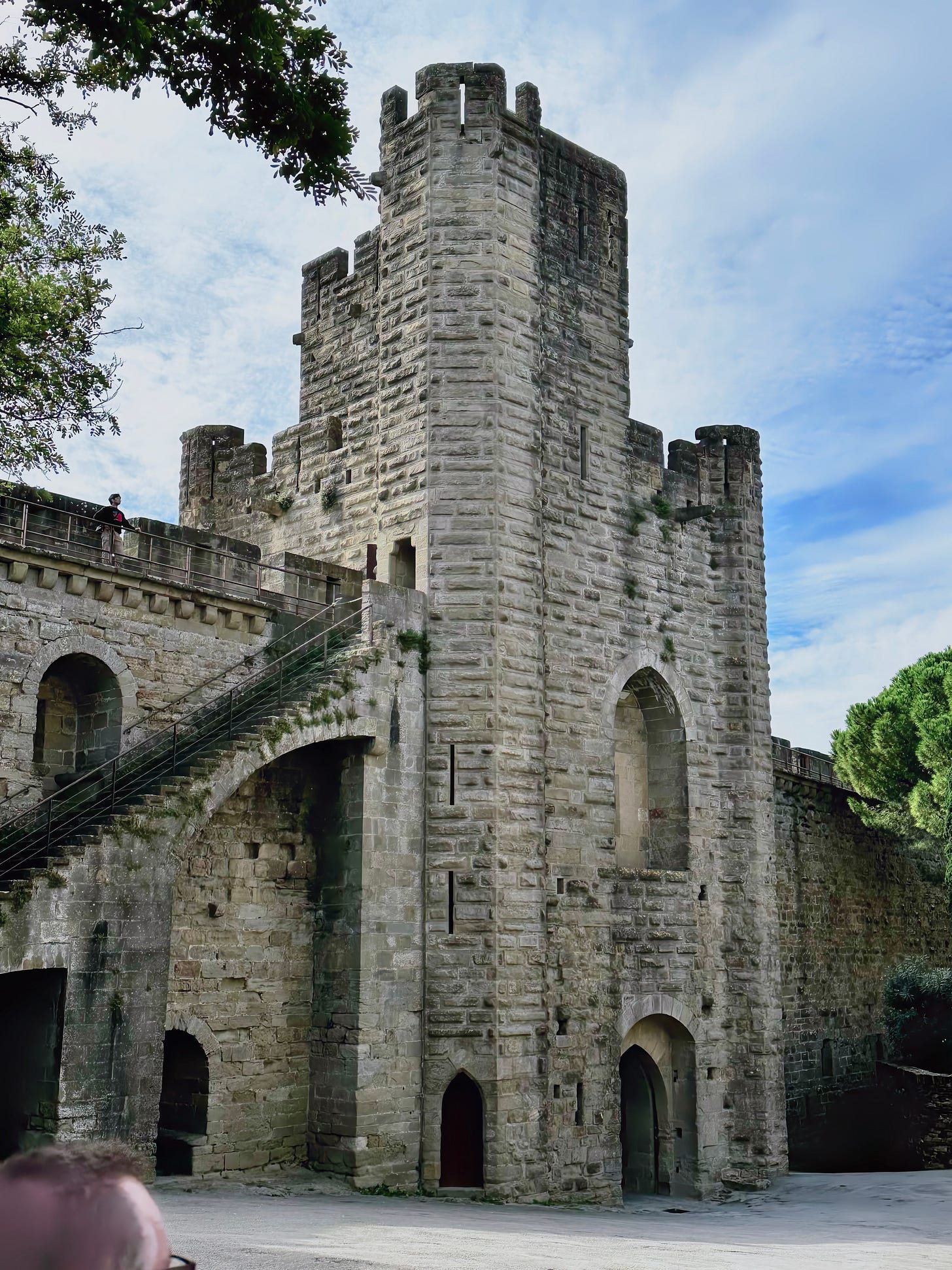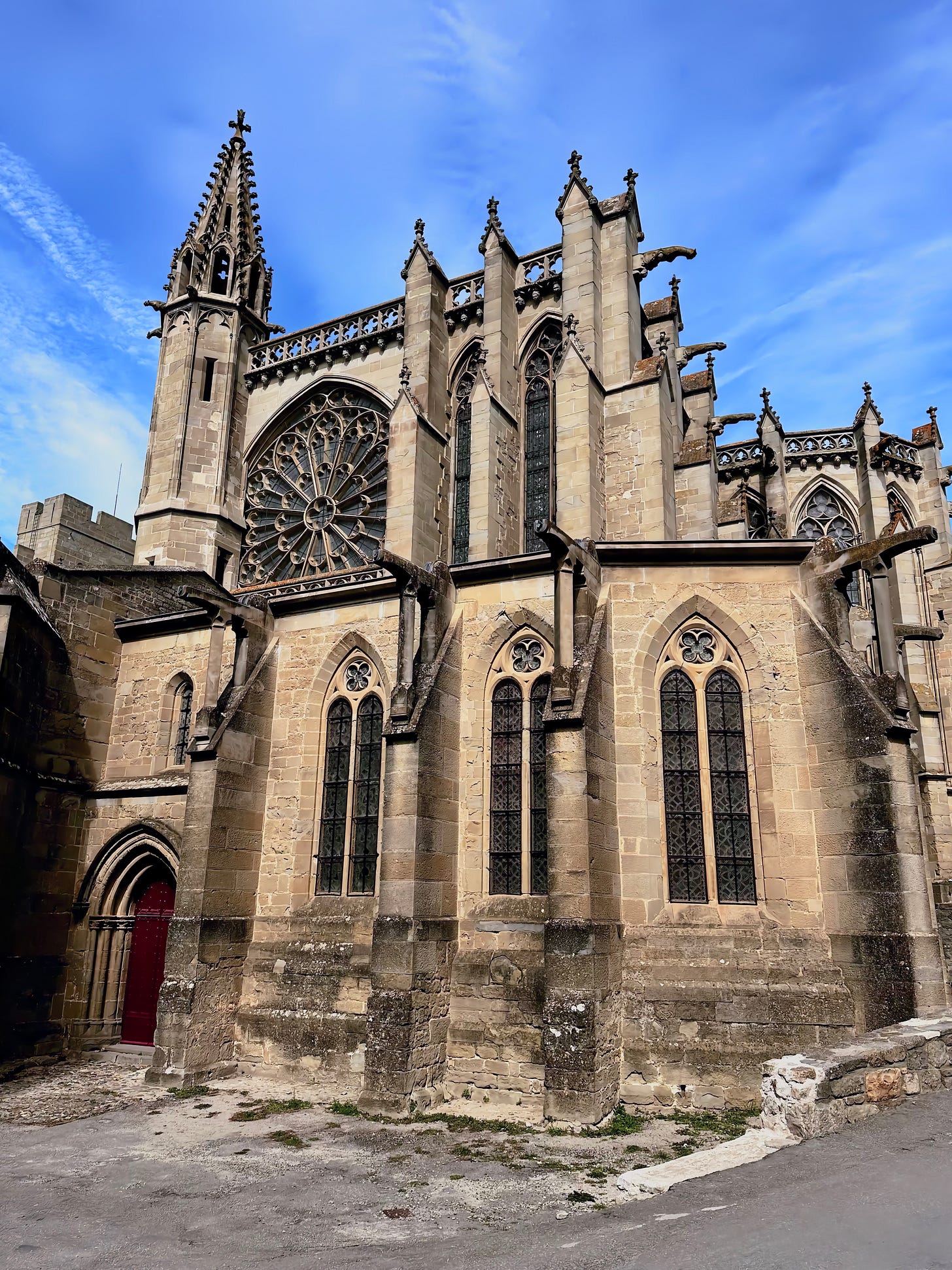Walking the Walls of Carcassonne – A Deep‑Dive Travel Essay on History, Legends & Restoration
From Roman roots to Viollet‑le‑Duc’s 19th‑century revival, discover the hidden stories, myths and modern life inside France’s most photographed medieval citadel.
The sun had barely risen over the rolling hills of the Aude valley when I eased my car onto the modest road that leads into the modern town of Carcassonne. I rolled down the windows, letting the crisp morning air mix with the faint scent of pine, and watched as the landscape gradually shifted from cultivated fields to the looming silhouette of ancient stone. The citadel rose ahead, a dark crown of towers and walls that had watched over this crossroads for more than two and a half millennia. As the engine quieted and I turned onto the narrow, cobbled lane that snakes toward the entrance, the air itself seemed to change—cooler, heavier with the weight of centuries, and tinged with the faint perfume of limestone. The first thing that struck me, before any signpost or guidebook could describe, was the way the world narrowed around those stone ramparts, as if the very ground were urging me to step back in time.
My mind drifted back to the earliest chapters of Carcassonne’s story, long before the romanticised picture‑perfect image that tourists now snap. In the first century BC, the Romans founded a fortified settlement called Colonia Narbo Martius at the junction of the Via Domitia, the great road that linked Italy to Spain. They chose this spot because the natural limestone ridge offered a defensible perch, and the nearby Aude River supplied water and a route for trade. Archaeological digs have uncovered the foundations of a Roman castrum—rectangular, with a central forum and a bathhouse whose mosaic tiles still shimmer beneath the modern pavement. Those massive opus caementicium blocks, still visible at the base of the Narbonnaise Gate, bear the faint imprint of the chisels that shaped them, a reminder that the stones beneath my tyres once supported legionaries marching toward Gaul.
When the Western Roman Empire crumbled, the settlement did not fade; instead, it transformed. The Visigoths, who swept through the region in the fifth century, reinforced the existing walls with their own construction techniques. Their influence is evident in the slightly irregular pattern of the lower wall, where the Roman precision gives way to a more pragmatic, hurried masonry. By the eighth century, the Franks under Charlemagne pushed southward, and Carcassonne found itself on the frontier between Christian and Muslim realms. The name “Carcas”—later corrupted into Carcassonne—first appears in chronicles of the period, referring to a fortified post that guarded the passes leading into the Pyrenees.
Keep reading with a 7-day free trial
Subscribe to TravelEssayist.com to keep reading this post and get 7 days of free access to the full post archives.



